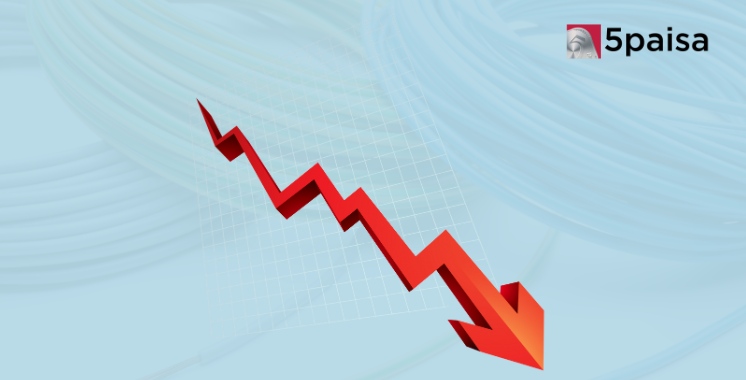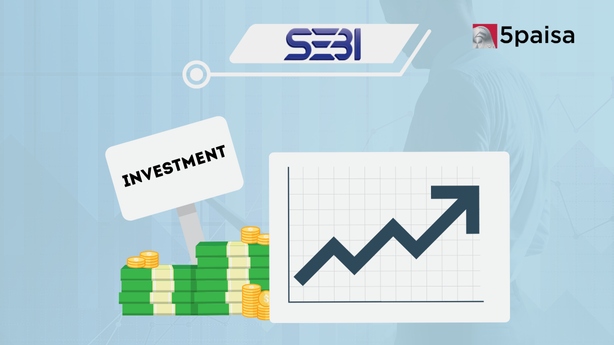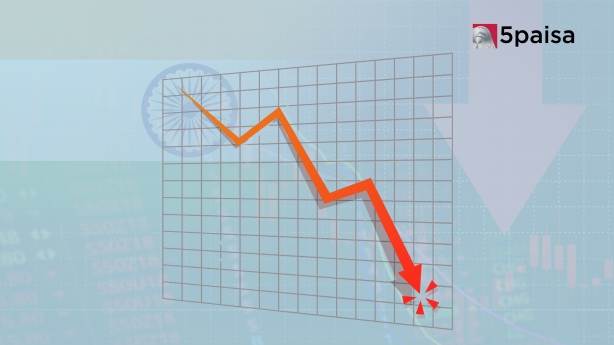Cable and Wire Stocks Decline for Second Session Amid Aditya Birla Group's Market Entry
The good news about India’s GDP story in FY23

On the 28th of February 2023, the MOSPI announced the third quarter GDP for the period ending December 2022 at a rather tepid 4.4%. The gross value added or GVA which includes the impact of taxes and subsidies) grew at 4.6% in the third quarter. This is lower than what Reuters and other agencies had pegged as Q3 growth. On the same day, the MOSPI also published the second advance estimate for full year FY23 GDP growth. Despite the negative surprise for Q3FY23, the full year growth estimate has been kept static at 7% for FY23. That is because, the lower GDP growth in Q3FY23 was more due to upscaling of the base. First a quick look at the GVA numbers and the break up.
How the gross value added (GVA) looks for the Q3FY23
The table below captures the itemized GVA growth across the 8 key components of GVA growth for Q3FY23. GVA has been represented in values and also in growth terms.
|
Quarterly Estimates of GVA at Basic Prices for Q3 (October-December) 2022-23 (at 2011-12 Prices) |
|||||||||
|
Industry classification |
2022-23 |
2022-23 |
2022-23 |
2021-22 |
2021-22 |
2021-22 |
2022-23 |
2022-23 |
2022-23 |
|
Agriculture, Forestry |
4,97,266 |
4,29,755 |
6,93,475 |
3.4 |
4.8 |
2.3 |
2.5 |
2.4 |
3.7 |
|
Mining & Quarrying |
82,664 |
64,594 |
78,732 |
12.2 |
10.6 |
5.4 |
9.3 |
-0.4 |
3.7 |
|
Manufacturing |
6,39,243 |
6,29,798 |
6,14,982 |
51.5 |
6.6 |
1.3 |
6.4 |
-3.6 |
-1.1 |
|
Utilities |
90,134 |
87,449 |
81,537 |
16.3 |
10.8 |
6.0 |
14.9 |
6.0 |
8.2 |
|
Construction |
2,77,110 |
2,69,647 |
3,04,883 |
77.0 |
10.8 |
0.2 |
16.2 |
5.8 |
8.4 |
|
Trade, Hotels, Transport |
5,94,900 |
6,79,015 |
7,16,297 |
41.4 |
13.1 |
9.2 |
25.7 |
15.6 |
9.7 |
|
Financial, Real Estate |
8,82,147 |
9,33,441 |
7,45,836 |
2.8 |
7.0 |
4.3 |
8.6 |
7.1 |
5.8 |
|
Administration, Defence |
4,39,726 |
4,72,794 |
4,81,331 |
6.5 |
16.8 |
10.6 |
21.3 |
5.6 |
2.0 |
|
GVA at Basic Prices |
35,03,189 |
35,66,493 |
37,17,073 |
20.2 |
9.3 |
4.7 |
12.1 |
5.5 |
4.6 |
Data Source: MOSPI (actual values in Rs crore)
What you must not miss out is that the GVA in absolute terms at Rs37.17 trillion for Q3FY23 is higher than the GVA for the first two quarters. However, GVA growth in Q3 fell to 4.6% compared to 12.1% in Q1FY23 and 5.5% for Q2FY23. Here is why.
-
Firstly, there is the low base effect of the previous year that boosted the GVA growth in the first quarter. The second and third quarters saw progressive increase in the base and so the GVA growth has tapered.
-
The second reason for the weakness in the GVA figure is the global demand slowdown hitting exports from India to the developed markets. That has dented growth and that is visible in the export demand across industries.
-
Thirdly, the biggest hit to GVA came from manufacturing in Q3FY23, which was negative at -1.1%. Of course, the fall is less intense than Q2FY23. However, the second quarter had the distinct advantage of solid growth in the contact sensitive sectors like hotels, trade and tourism. Barring manufacturing, all other activities have shown growth.
So, the slowdown appears to be more of a seasonal or cyclical issue than any kind of structural issue.
Real good news is in restated past data
If one reads the fine print of the second advance estimate of full year GDP, it is clear that the pandemic period GDP has been substantially upscaled. That is because there was understatement of pandemic period GDP and due to the upscaling , the current GDP growth may look slightly lower. Here are some key takeaways.
-
The substantial revisions in GDP for FY as well as the first quarter of FY22 came from the manufacturing and construction activity in the pandemic period. Clearly, the pandemic impact on growth was much lower than had been originally anticipated. The total positive impact is estimated to in the region of Rs2.7 trillion to Rs2.8 trillion.
-
Based on the revised numbers, the three year average growth in GDP would be in the range of 3.6%, so India is far being the fastest growing economy. In fact, if you eliminate the high frequency volatility, then India is the sixth fastest growing economy.
-
If one restates the private final consumption numbers for the quarter, then the actual consumption continues to be close to pre-pandemic levels. More importantly, the share of domestic consumers in domestic and global consumption has outpaced that of international consumers in domestic and the international market.
-
One of the complaints has been that the household savings in financial assets has fallen sharply in the last few years. What that glosses over is the fact that this has got translated into a sharp rise in household savings in physical assets. So, it is not like the savings have slowed down, it is just that the asset allocation and asset preferences have changed.
In a recent note, the chief economist of SBI had pointed out that the while women formed the backbone of domestic work, the actual GDP was getting under-represented as the value of this work was not factored in the form of GDP. The estimate is that the contribution of unpaid women at home could have a value of Rs22.7 trillion or approximately 7.5% of GDP. Perhaps, once this contribution is recognized and factored into GDP, the picture of GDP may look very different to the lay observer. That is the real good news on the GDP front.
- Flat ₹20 Brokerage
- Next-gen Trading
- Advance Charting
- Actionable Ideas
Trending on 5paisa
02
 5paisa Research Team
5paisa Research Team
03
 5paisa Research Team
5paisa Research Team
04
 5paisa Research Team
5paisa Research Team
Indian Market Related Articles
Disclaimer: Investment in securities market are subject to market risks, read all the related documents carefully before investing. For detailed disclaimer please Click here.




